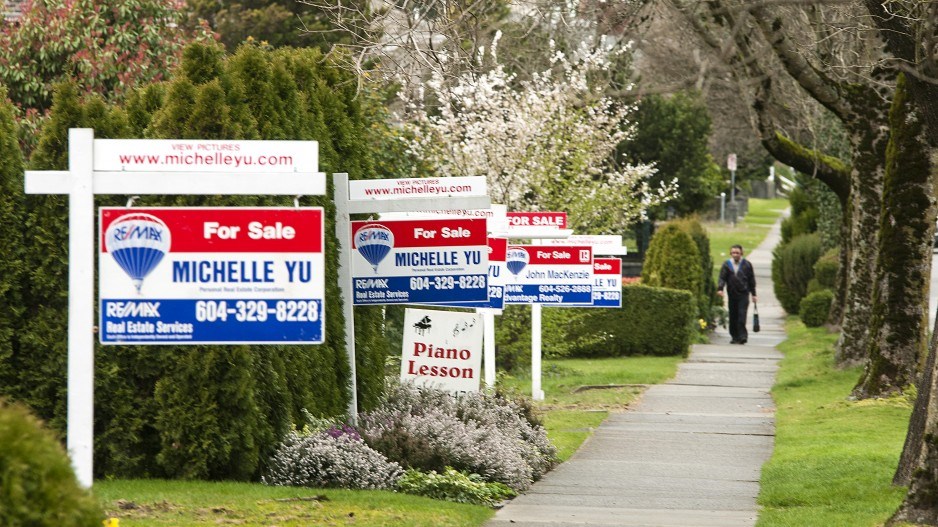Housing market activity in B.C. picked up pace in June, following months of low sales volume. Seasonally adjusted MLS home sales in B.C. came in at 6,166 units, increasing by 2.8 per cent month to month, following a 2.3-per-cent increase from April to May.
Year over year, sales were down by 14.3 per cent in the province and still near recessionary lows. Despite this, home values in the province increased by 1.4 per cent in June.
Regional real estate board results were mixed. Home sales in the Greater Vancouver area increased by 8.3 per cent in June following a decline of 6.5 per cent in May—boosting overall provincial performance. This was also the largest monthly gain since May 2023, but it’s too early to call a rebound.
Chilliwack recorded a third back-to back gain in sales, with an increase of 5.3 per cent in June. In Kamloops, sales also rose by nearly three per cent. Vancouver Island sales were up by 3.9 per cent. Most other regions recorded declines.
The average home price in B.C. increased during the month to slightly over $1 million, the highest value since the most recent peak in May 2023 and 6.2 per cent shy of the all-time peak in February 2022. Greater Vancouver home values increased by 2.3 per cent to $1.3 million, reaching the highest value on record in the region. However, this could retrace given data volatility. Home prices on Vancouver Island rose by 2.4 per cent in June, a consecutive monthly increase of equal magnitude. Kamloops home values were up by 6.8 per cent during the month. In Okanagan-Mainline and South Okanagan, home prices increased by 0.5 per cent and 1.6 per cent, respectively.
In contrast, prices fell in Chilliwack (down 2.1 per cent) and the Kootenay (down 2.4 per cent) and dropped slightly in the Fraser Valley (down 0.2 per cent).
New residential listings in B.C. increased by 4.2 per cent in June to make up for losses in the previous month. Market conditions remained balanced with a sales-to-new-listings ratio of 45.8 per cent—down slightly from 46.5 per cent in May. Although market momentum remains weak, the first interest rate cut during the month incentivized more buyers to jump off the sidelines. We expect sales to speed up in the fourth quarter, given underlying demand from population growth, although affordability constraints may weigh down market performance.
B.C. building permits plummeted in May following the record-breaking gain in the previous month. Building permit values in the province fell by 50.7 per cent to reach a seasonally adjusted $1.5 billion, after a 77.6-per-cent increase in values in April. Due to substantially reduced permits issued in both the non-residential and residential sectors, May’s significant decline contributed the most to the national dip in building permit issuances. That said, unadjusted for seasonality, year-to-date permits were up by 15.3 per cent compared to the same period in 2023.
Monthly permit numbers tend to fluctuate widely, but the 12-month moving average has remained range-bound since 2022. Construction and borrowing costs are still elevated, disincentivizing activity in the sector. It will take multiple rate cuts to see a substantial boost in activity.
Residential building permits in B.C. more than halved during the month and were valued at $982 million. This decrease was due to far fewer multi-family permits being issued—down 59.3 per cent in May. Single-dwelling residential permits also declined for the second consecutive month, down by 12.3 per cent.
Non-residential permit values decreased by 44.1 per cent, reaching $532 million as all subcategories saw lower permits during the month.
Permits in Vancouver dropped by nearly 67 per cent and were down year over year by 31.6 per cent.
Bryan Yu is chief economist at Central 1.





